As residents of the Grand Canyon State know all too well, encountering Arizona spiders indoors can be a common occurrence, especially with the diverse range of them in the region. From the iconic tarantulas to harmful black widows and brown recluse spiders, understanding the various species in Arizona is essential for effective pest management and peace of mind in your home.
In this article, we’ll delve into the characteristics, habitats, and behaviors of Arizona’s most prevalent spiders. With our expert tips, you’ll be empowered to identify and address any spider encounters with confidence when you find yourself facing one. If you’re looking for immediate assistance with a spider infestation at your home, contact our team today.
How to Identify Arizona Spiders
Recognizing the common physical traits of spiders and familiarizing yourself with their behaviors are key steps in effective identification and protecting your family and home. By learning to identify Arizona spiders, you can better manage encounters and implement appropriate measures when you see one.
Physical characteristics
Spiders can be identified by distinct physical features including body shape, size, color, and the number of eyes. Understanding these can help differentiate between species, some of which may look similar at first glance but have subtle differences important for accurate identification.
Web structure and location
The design and placement of a spider’s web are unique identifiers of the species. For example, orb-weaver spiders create intricate, circular webs typically found in gardens, while funnel-weavers build flat, horizontal webs with a funnel-shaped retreat where the spider hides.
Behavioral patterns
Observing a spider’s behavior and habits can provide clues to its identity. Some spiders are solitary and only seen during mating season, while others may be more visible as they hunt during the night.
Venomous warning sign
It’s crucial to recognize signs of venomous spiders to ensure safety. Many venomous spiders, such as the black widow, can be identified by distinct markings or unique colorations. Being aware of these signs can prevent unwanted dangerous encounters and help in seeking timely medical advice if needed.
Types of Arizona Spiders
Spiders are frequent inhabitants of Arizona households, playing a crucial role in maintaining ecosystem balance by controlling insect populations such as mosquitoes, flies, and cockroaches. Despite their ecological significance, having these unwelcome arachnids indoors is less than ideal; with over 49,000 spider species globally and approximately 4,000 in North America alone, the presence of potentially harmful spiders underscores the importance of keeping them out of your home.
While many spiders pose no threat to humans, some can indeed be dangerous, such as the infamous black widow spider. Taking measures to identify and prevent spiders from entering your living space not only safeguards you and your family from potential risks but also ensures peace of mind.
Tarantulas (Family Theraphosidae)
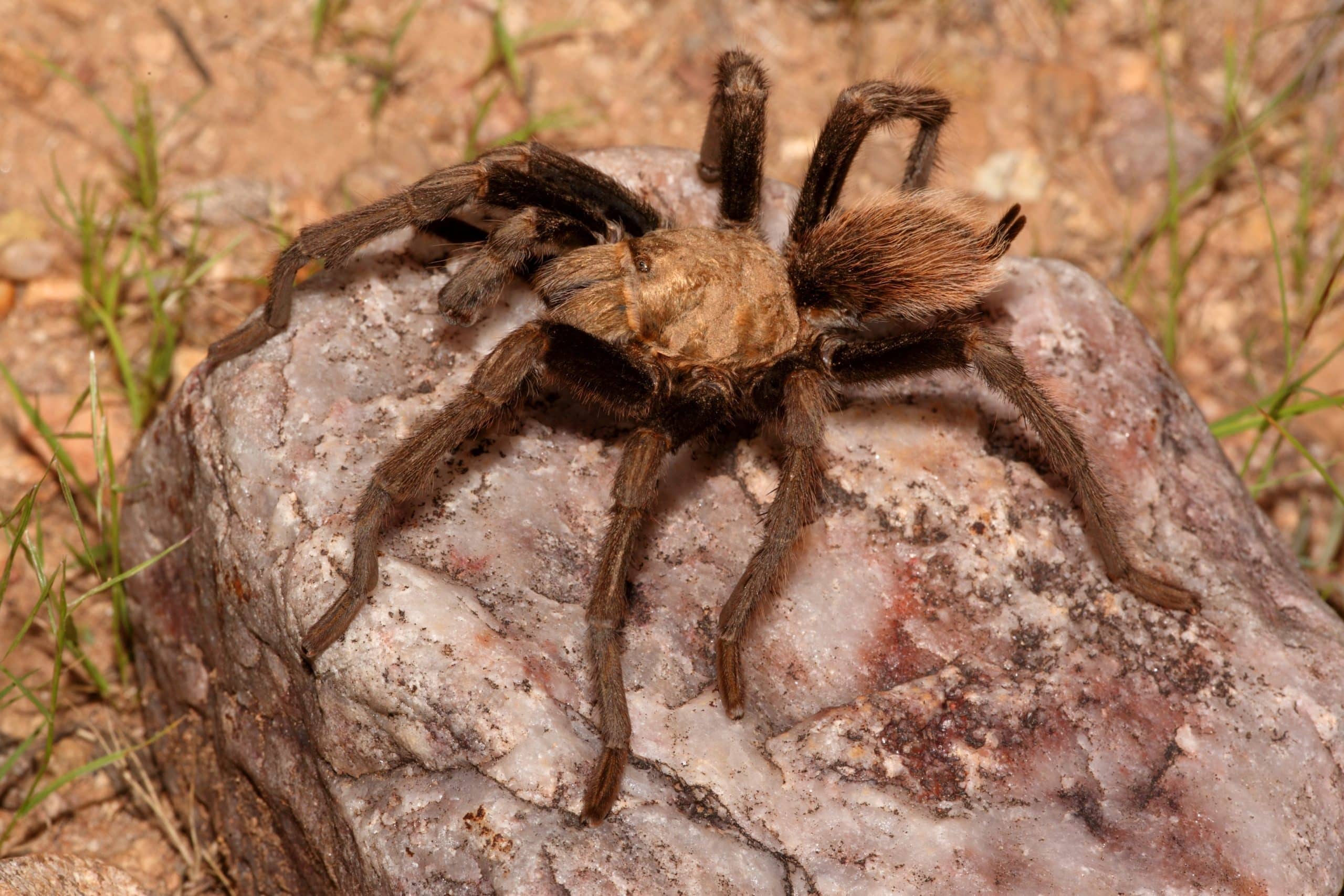
Tarantulas are iconic due to their large, hairy bodies and leg spans that can reach up to 5 inches or more. They are most often found in the arid, desert regions of Arizona where they live in deep burrows. These spiders are primarily nocturnal hunters, emerging at night to feed on insects and small vertebrates. Despite their formidable appearance, tarantulas are not harmful to humans and are known for their relatively docile nature, though they can bite if provoked.
Cellar Spiders (Family Pholcidae)
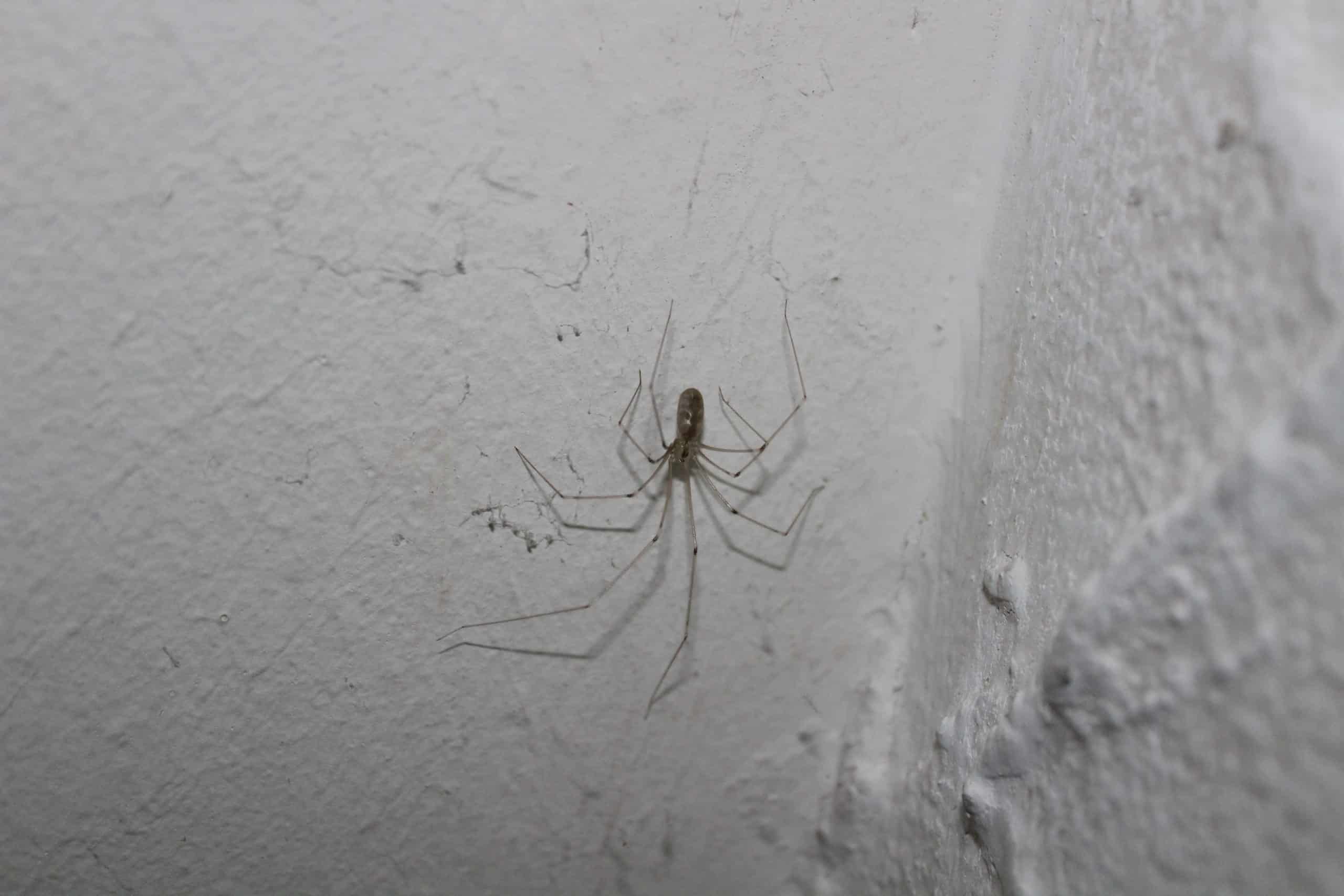
Often mistaken for daddy longlegs, cellar spiders have very long, thin legs and small, round bodies. They thrive in dark, moist environments such as basements, garages, and crawl spaces. Cellar spiders spin large, messy webs where they wait to catch their prey. These spiders are harmless to humans and can actually help control populations of other pests.
Widow Spiders (Genus Latrodectus)
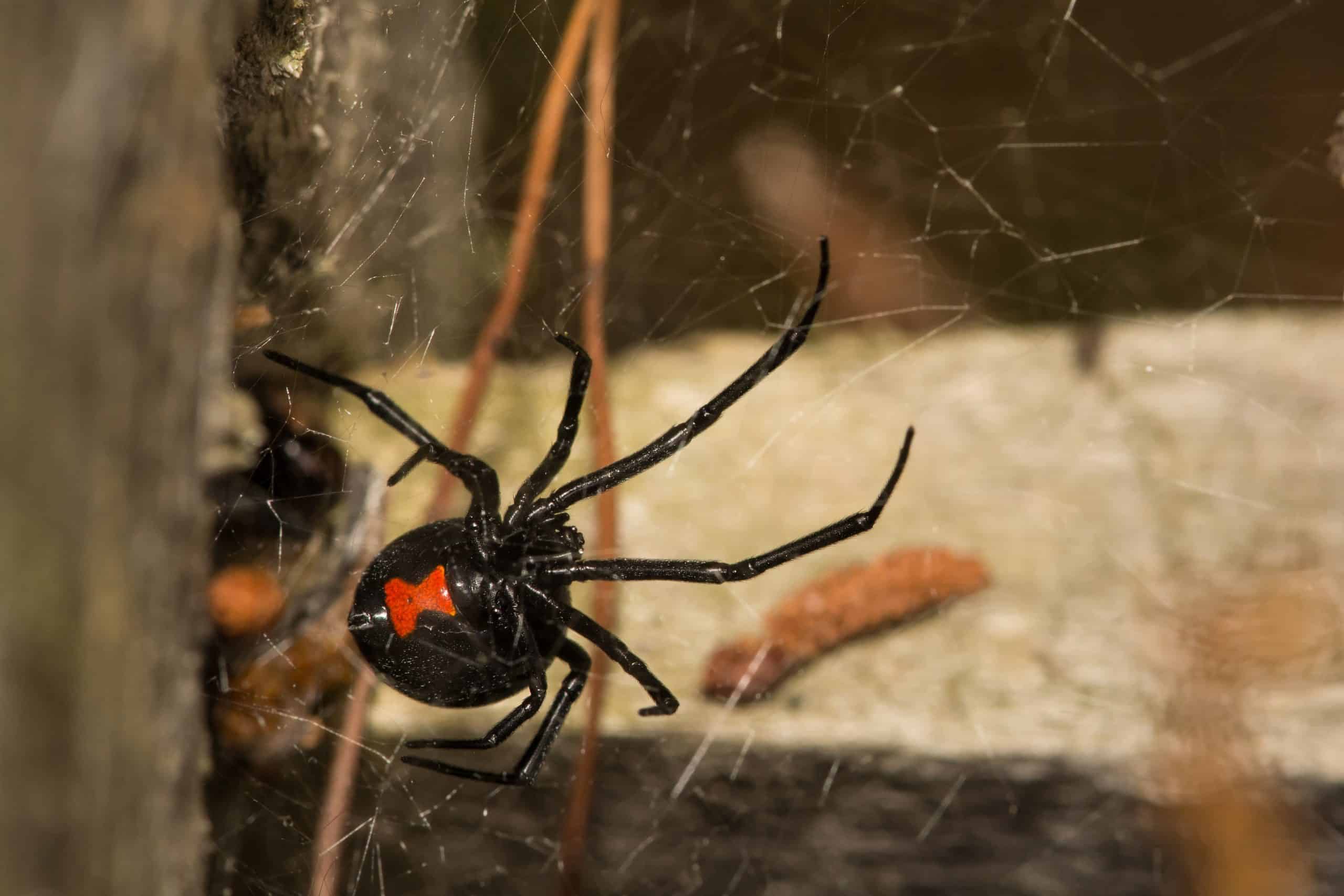
Widow spiders, notably the black and brown widows, are infamous for their venomous bite. Black widows sport shiny black bodies with a red hourglass marking on the underside of their abdomens, while brown widows are lighter with yellow or orange hourglass shapes. These spiders prefer quiet, undisturbed areas such as piles of debris, under eaves, and in boxes stored in garages. Although their venom is potent, bites are rarely fatal with proper medical treatment.
Recluse Spiders (Genus Loxosceles)
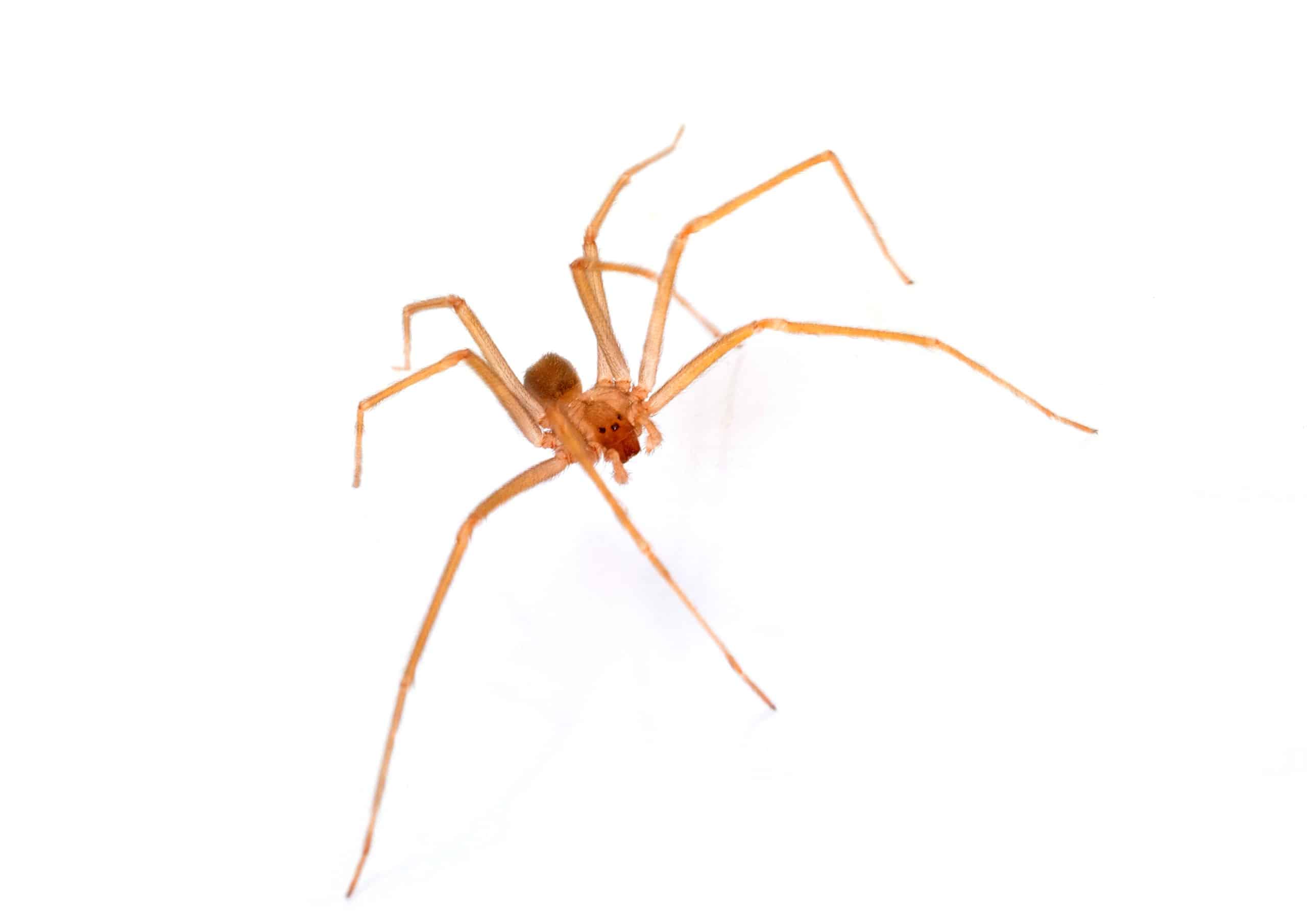
Brown recluse spiders are instantly recognizable by the violin-shaped mark on its cephalothorax and its overall light to dark brown color. They tend to hide in secluded, dry, and dark environments including closets, attics, and behind furniture, which is why they are often undetected until after a bite. Brown recluse bites are known for causing significant tissue damage, but serious complications are fortunately uncommon.
Wolf Spiders (Family Lycosidae)
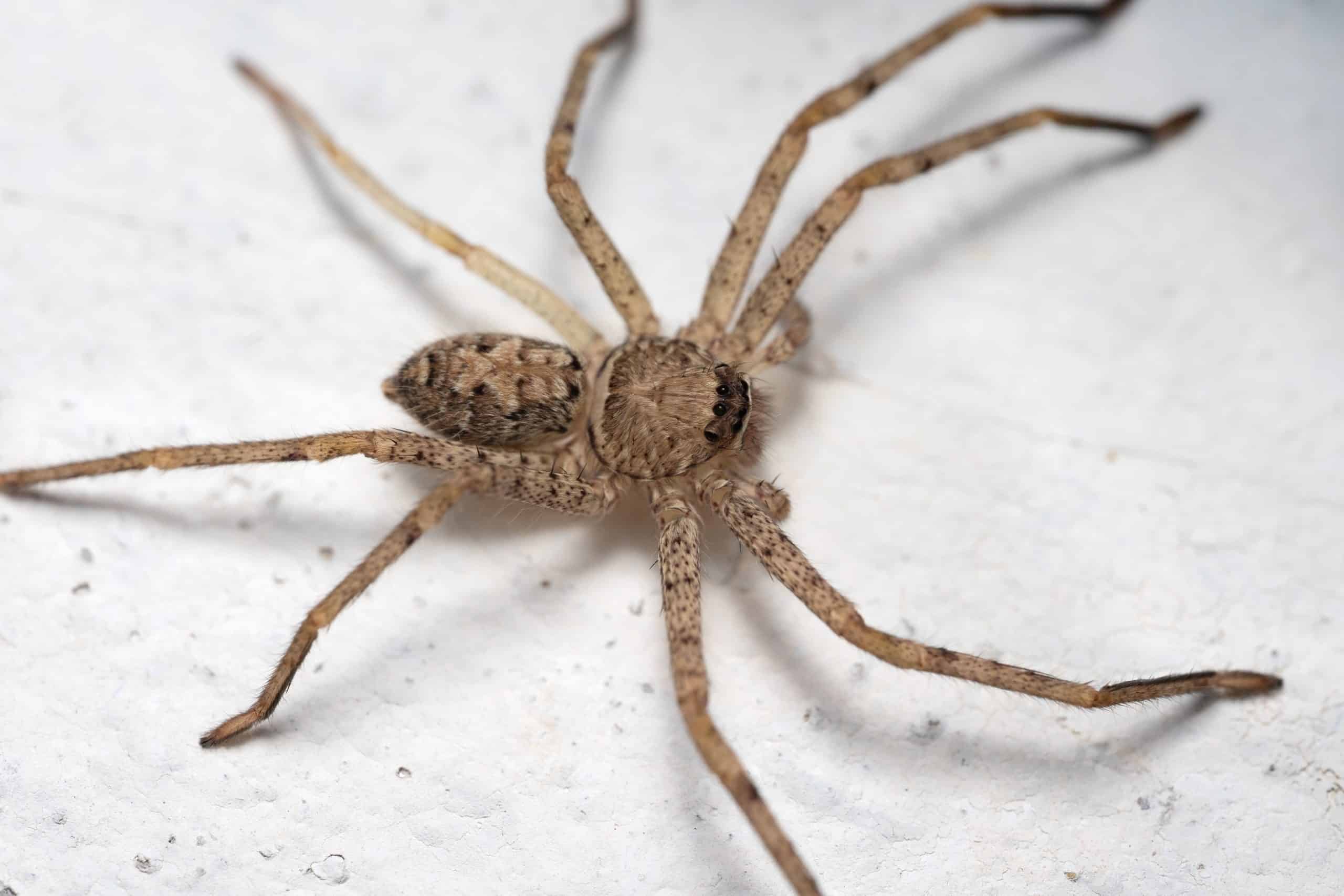
Wolf spiders are large, fast, and agile, with excellent eyesight that aids them in their nocturnal hunts. Unlike many other spiders, they do not spin webs to catch prey but rather chase it down using their speed. These spiders are typically found in a variety of environments, from grasslands and gardens to suburban backyards. They are generally harmless to humans and can be beneficial by keeping pest insect populations under control.
Where to Find Arizona Spiders
Spiders in Arizona can be found in a variety of habitats around the home, tailored to their specific needs for shelter, moisture, and food availability. From secluded corners to outdoor entry points, spiders can be found in various habitats both indoors and outdoors.
Indoor habitats
Spiders often seek out quiet, undisturbed parts of a home. Common indoor areas include basements, attics, closets, and crawl spaces. They may also be found in corners of rooms, behind furniture, in storage boxes, or among household clutter. Bathrooms and kitchens can attract those species that prefer a more humid environment, due to the presence of water.
Outdoor habitats
Spiders are likely to be found in any sheltered or secluded area when outside. This includes under eaves, within dense vegetation, under rocks, in piles of leaves or firewood, and around other yard debris. Gardens and landscaping features provide perfect hiding spots and hunting grounds, as these areas are rich in insect activity.
Entry points
Spiders often enter homes through cracks and gaps in doors, windows, and foundations. They may also come inside by hitching a ride on items like plants, firewood, boxes, and outdoor furniture that are brought into the home.
What to Do if You Have Spiders in Your House

If you find yourself face to face with a spider, it’s important not to panic. Remain calm and try to identify the spider without getting too close. Oftentimes spiders can be left alone if they aren’t venomous or harming anything.
Others steps you should avoid include:
- Avoid disturbing webs
- Don’t handle unknown species
- Avoid DIY remedies
- Avoid excess cleaning
If you’re unsure about the species you’ve encountered or if the infestation seems significant, it’s best to seek assistance from professional exterminators. House Doctor Exterminating offers expert pest control services tailored to your specific needs, ensuring thorough inspection, safe removal, and prevention measures to keep your home spider-free. Don’t hesitate to reach out to House Doctor Exterminating for reliable solutions and peace of mind in dealing with spider infestations.





